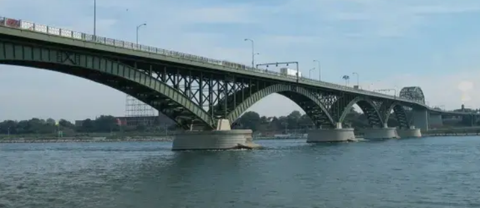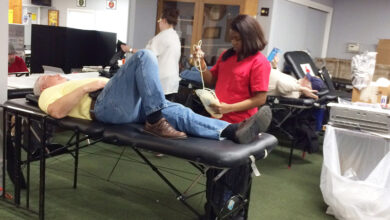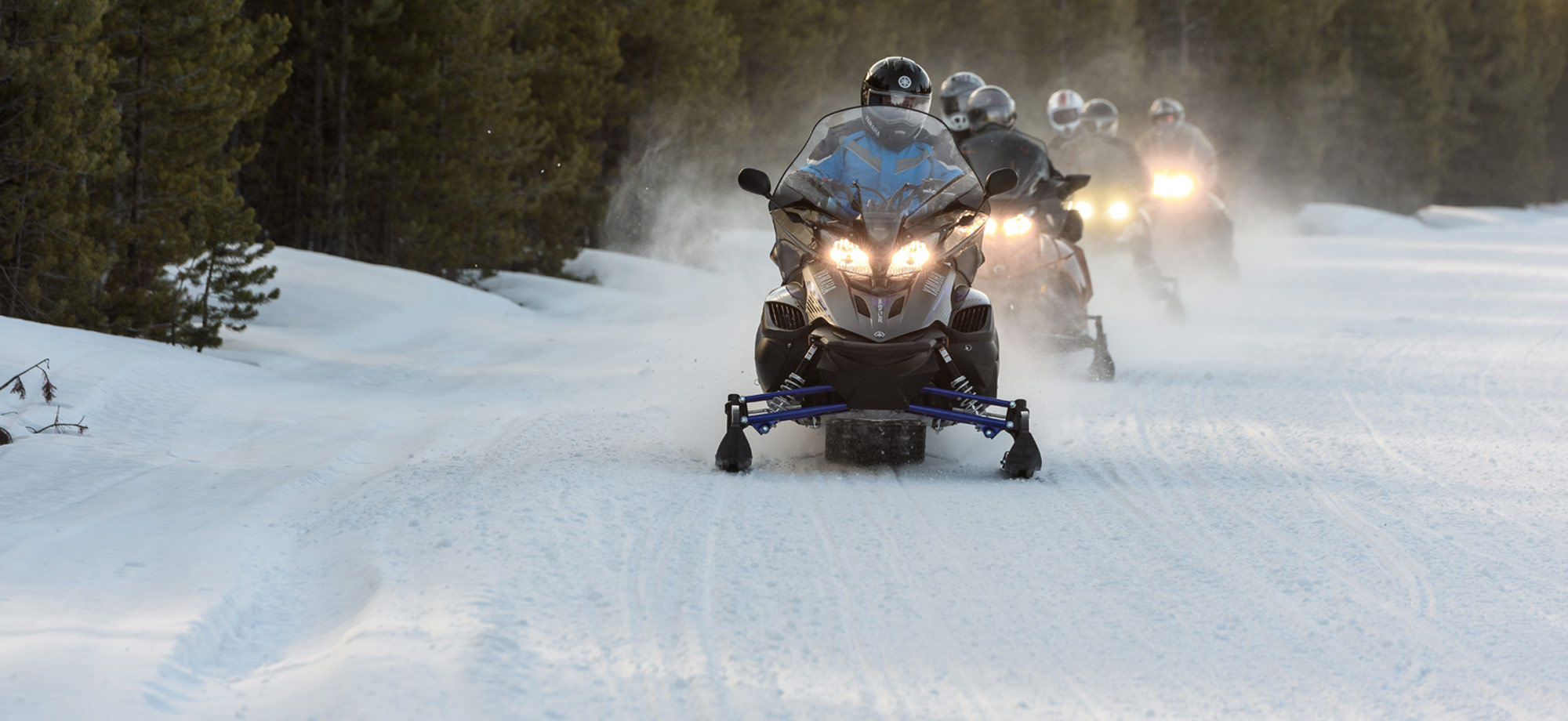CBP announces facial biometric test for inbound vehicle travelers at Peace Bridge

U.S. Customs and Border Protection (CBP) has started an innovative facial biometric test in select vehicle lanes at the Peace Bridge Port of Entry (POE) for travelers arriving in the United States. This enhanced process for international travel, known as Simplified Arrival-Vehicle Biometric, uses facial biometrics to automate the manual document checks that are already required for admission into the United States.
“CBP is excited to continue testing a range of facial biometric technologies and configurations in the vehicle lanes at the land borders to further innovate the entry process,” said Diane J. Sabatino, Acting Executive Assistant Commissioner of Field Operations, CBP. “To support our land border mission, we are challenging industry to design the optimal solution for our most demanding environment as we further secure and streamline travel.”
The biometric technology will be deployed at the Peace Bridge POE at inbound lanes 14, 15, and 16, which will be clearly marked as “Biometric.” As travelers approach the vehicle lanes, the camera will attempt to take a photo of each occupant in the vehicle and match it to photos of those travelers already in government holdings, such as passport, visa, or prior encounters, to verify identity. At all other lanes, the traveler will have the standard manual document check for identity verification.
Travelers who wish to opt out of the biometric testing can use a lane not designated “Biometric.”
The biometric test will stay in place until March 2025. CBP will then evaluate each system’s ability to capture a quality facial image for each occupant in the vehicle, as well as the efficacy of the biometric matching, to inform future biometric enhancements for vehicle entry processing.
CBP has completed a few tests of facial biometrics in the vehicle lanes at the Southwest Border, starting with a technical demonstration in Anzalduas, Texas, in 2018, and, most recently, this past summer, at the Mariposa Port of Entry in Nogales, Arizona. The test in Buffalo will give CBP an opportunity to assess how the facial biometric technology performs in a challenging winter environment.
This test is in accordance with CBP’s Congressional mandate to biometrically record all foreign nationals who enter and exit the United States. The addition of facial biometrics to verify an individual’s identity will strengthen security by providing CBP officers greater assurance to make an informed decision about a traveler’s admissibility, while preventing impostors from using a genuine travel document that does not belong to them.
The biometric photo capture is completely passive, meaning no action is required by the traveler to participate in the pilot; as a result, CBP anticipates minimal impact to the traffic flow at the Peace Bridge POE. For more information about CBP’s efforts to further secure and streamline travel through biometric facial comparison technology, visit https://www.cbp.gov/travel/biometrics.
CBP remains committed to protecting the privacy of all travelers. U.S. citizens who use the lanes with facial biometric technology will have their photo deleted within 12 hours of the entry inspection process. Consistent with regulatory requirements, photos of foreign nationals who are required to provide biometrics, are securely transferred and stored in the Department of Homeland Security’s (DHS) Automated Biometric Identification System (IDENT).
For more on Customs and Border Protection’s mission at our nation’s ports of entry with CBP officers and along U.S. borders with Border Patrol agents, please visit the Border Security section of the CBP website, https://www.cbp.gov/.
Provided information




